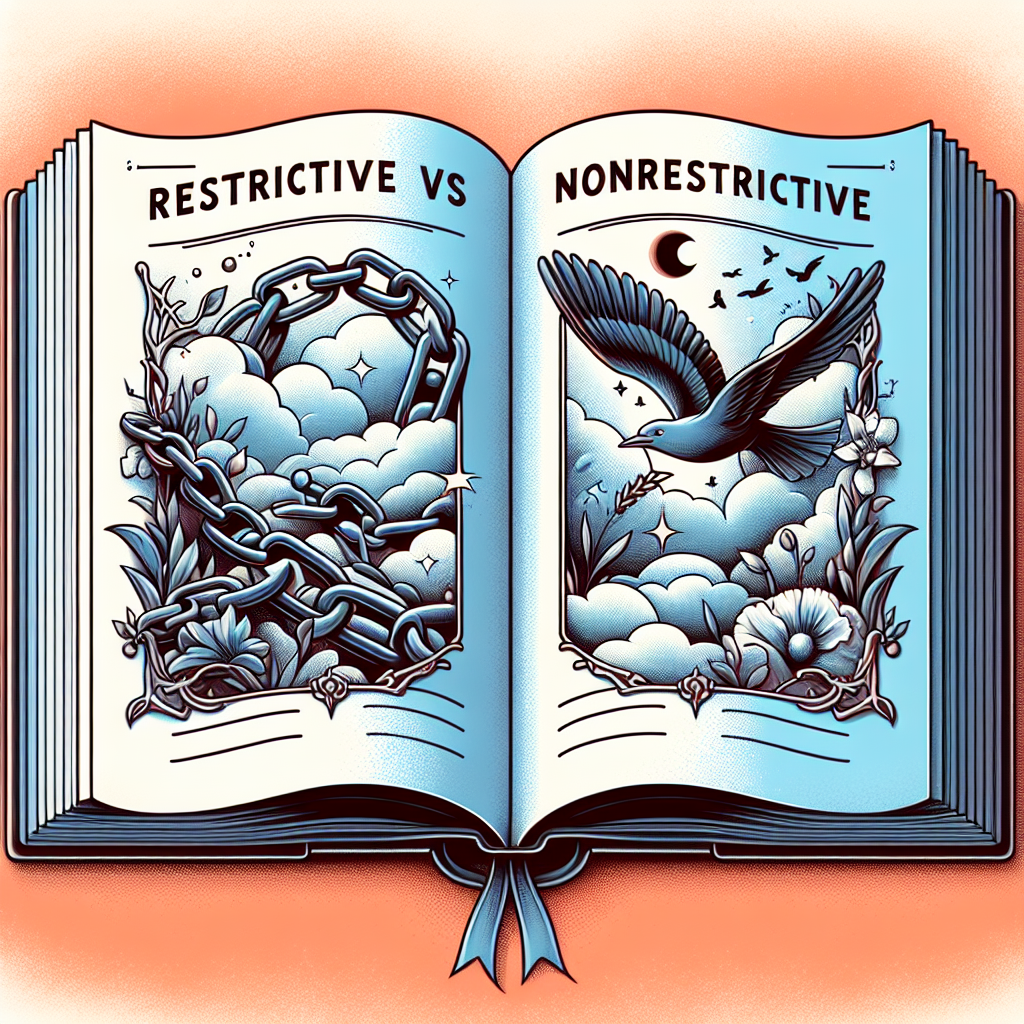Restrictive vs Nonrestrictive Clauses
In the English language, clauses play a crucial role in adding context and detail to sentences. One type of clause that often causes confusion is the restrictive clause versus the nonrestrictive clause. But what exactly are these clauses, and how do they differ? Let’s dive in and explore this perplexing topic.
Restrictive Clauses
Restrictive clauses are clauses that are essential to the meaning of a sentence. They provide vital information that helps to identify or define the noun they are modifying. These clauses do not require commas to set them apart from the rest of the sentence. Instead, they are seamlessly integrated into the sentence structure and cannot be removed without altering the meaning of the sentence.
For example, in the sentence “The man who is wearing a blue shirt is my brother,” the restrictive clause “who is wearing a blue shirt” is essential to identifying which man is being referred to. Without this clause, the sentence would be ambiguous.
The use of restrictive clauses adds clarity and specificity to a sentence, helping to avoid confusion and ensuring that the intended message is conveyed accurately.
Nonrestrictive Clauses
Nonrestrictive clauses, on the other hand, are clauses that provide additional information about a noun but are not essential to the overall meaning of the sentence. These clauses are set off by commas and can be removed from the sentence without changing its core meaning.
For instance, in the sentence “My sister, who lives in New York, is coming to visit me,” the nonrestrictive clause “who lives in New York” adds extra detail about the sister but is not necessary for identifying who the sister is.
Nonrestrictive clauses allow for the inclusion of extra information that enriches the sentence and provides more context. While they are not crucial to the sentence’s meaning, they contribute to a fuller understanding of the subject being discussed.
Key Differences
The primary difference between restrictive and nonrestrictive clauses lies in their necessity to the sentence. Restrictive clauses are indispensable to the sentence’s meaning, while nonrestrictive clauses provide additional information that enhances but does not alter the core message.
Understanding the distinction between these two types of clauses is essential for building clear and coherent sentences. By recognizing when to use restrictive clauses for essential information and nonrestrictive clauses for supplementary details, writers can craft more effective and impactful sentences.
In conclusion, while restrictive and nonrestrictive clauses may seem perplexing at first glance, their roles in sentence structure are crucial for conveying meaning accurately and efficiently. By mastering the use of these clauses, writers can enhance the clarity and effectiveness of their writing, creating more engaging and informative content.
For more tips on writing and grammar, visit Edit Mojo.
#restrictive #nonrestrictive #clauses
